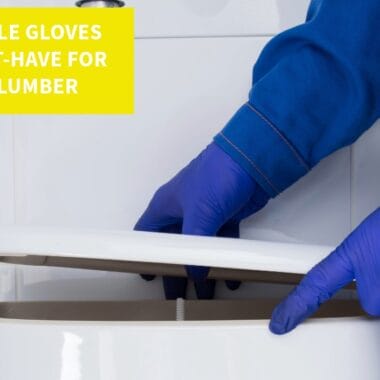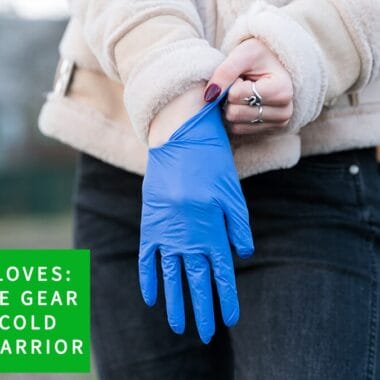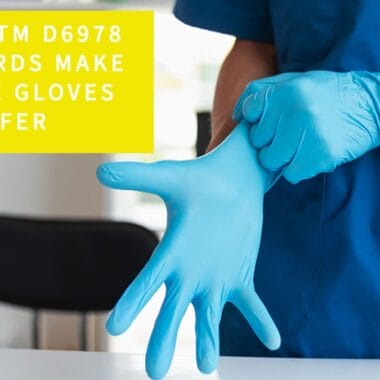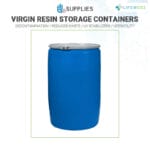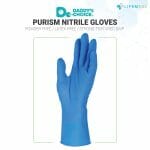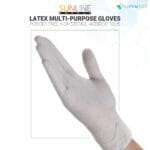What are Heat-Resistant Face Shields?
Heat-resistant face shields are personal protective equipment (PPE) designed to protect the face from extreme heat, sparks, and radiant energy encountered in high-temperature environments. These shields are made from specialized materials, such as polycarbonate or other heat-resistant plastics, that can withstand high temperatures while offering clear visibility for the wearer. Heat-resistant face shields are commonly used in industries such as metalworking, welding, foundries, glass manufacturing, and other environments where workers are exposed to intense heat, molten metal, or flying debris.
Unlike regular face shields, heat-resistant face shields provide enhanced thermal protection, reducing the risk of burns, facial injuries, and heat-related accidents.
Importance of Heat-Resistant Face Shields in the Enterprise Environment
In industries where high-temperature processes are integral to operations, heat-resistant face shields are critical for ensuring the safety and well-being of workers. These shields protect against not only extreme heat but also flying sparks, molten metal splashes, and hot particles that can cause serious injuries. For instance, in welding and foundry work, where workers are exposed to high temperatures and radiant heat, heat-resistant face shields provide vital protection for the face and eyes.
For enterprises, the use of heat-resistant face shields helps ensure compliance with safety regulations set by organizations like OSHA (Occupational Safety and Health Administration) and ANSI (American National Standards Institute). Providing appropriate PPE such as heat-resistant face shields is a key requirement for meeting safety standards in industries where workers face thermal hazards. Failure to provide adequate protection can result in accidents, injuries, and legal penalties for non-compliance.
Additionally, heat-resistant face shields enhance worker productivity by allowing them to perform their tasks more confidently and efficiently without the fear of heat-related injuries. Investing in proper thermal protection reduces workplace accidents, decreases downtime, and ensures a safer work environment.
Types of Heat-Resistant Face Shields
1. Polycarbonate Shields
- Purpose: Protects against heat, impacts, and flying debris.
- Common Uses: Metalworking, welding, and construction industries.
2. Aluminized Face Shields
- Purpose: Reflects radiant heat, providing extra protection in environments with extreme temperatures.
- Common Uses: Foundries, glass manufacturing, and high-heat industrial settings.
3. Mesh Heat-Resistant Shields
- Purpose: Provides thermal protection with enhanced airflow for comfort in hot environments.
- Common Uses: Used in applications requiring both heat resistance and breathability.
Managing Heat-Resistant Face Shields with Enterprise Software
Enterprise software solutions can assist businesses in managing heat-resistant face shields by automating processes such as inventory tracking, compliance monitoring, and PPE maintenance. Key features include:
- Inventory Management: Track the availability of heat-resistant face shields to ensure they are always in stock for workers.
- Compliance Monitoring: Ensure all heat-resistant face shields meet OSHA and ANSI standards for protection against high-temperature hazards.
- Maintenance Scheduling: Automate inspections and replacement schedules to ensure face shields remain in optimal condition.
Conclusion
Heat-resistant face shields are essential PPE in industries where workers are exposed to extreme heat and hazardous conditions. They provide critical protection, reduce the risk of injury, and ensure compliance with safety regulations. Managing heat-resistant face shields through enterprise software allows businesses to optimize inventory, maintain regulatory compliance, and ensure worker safety in high-risk environments.
« Back to Glossary Index

